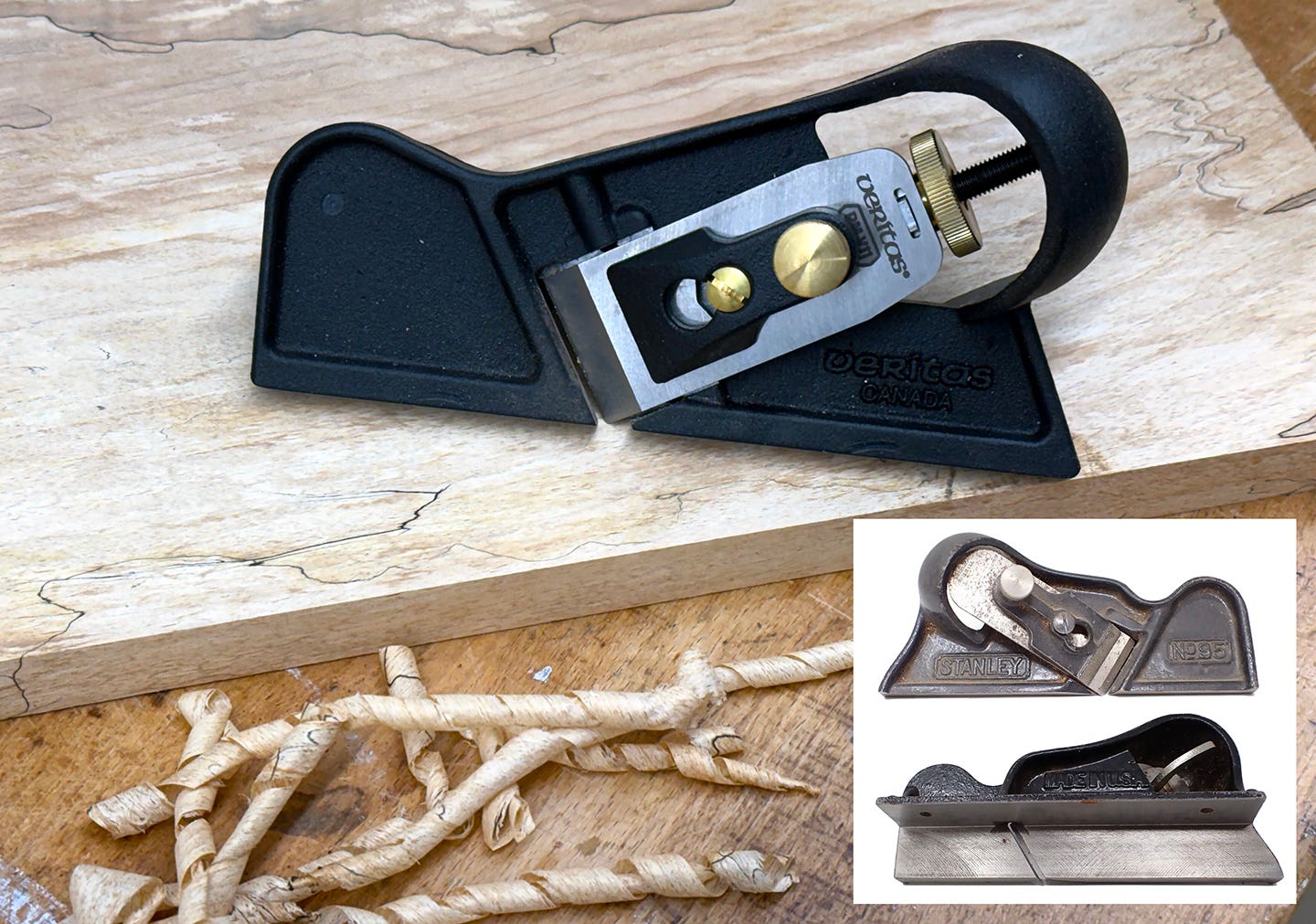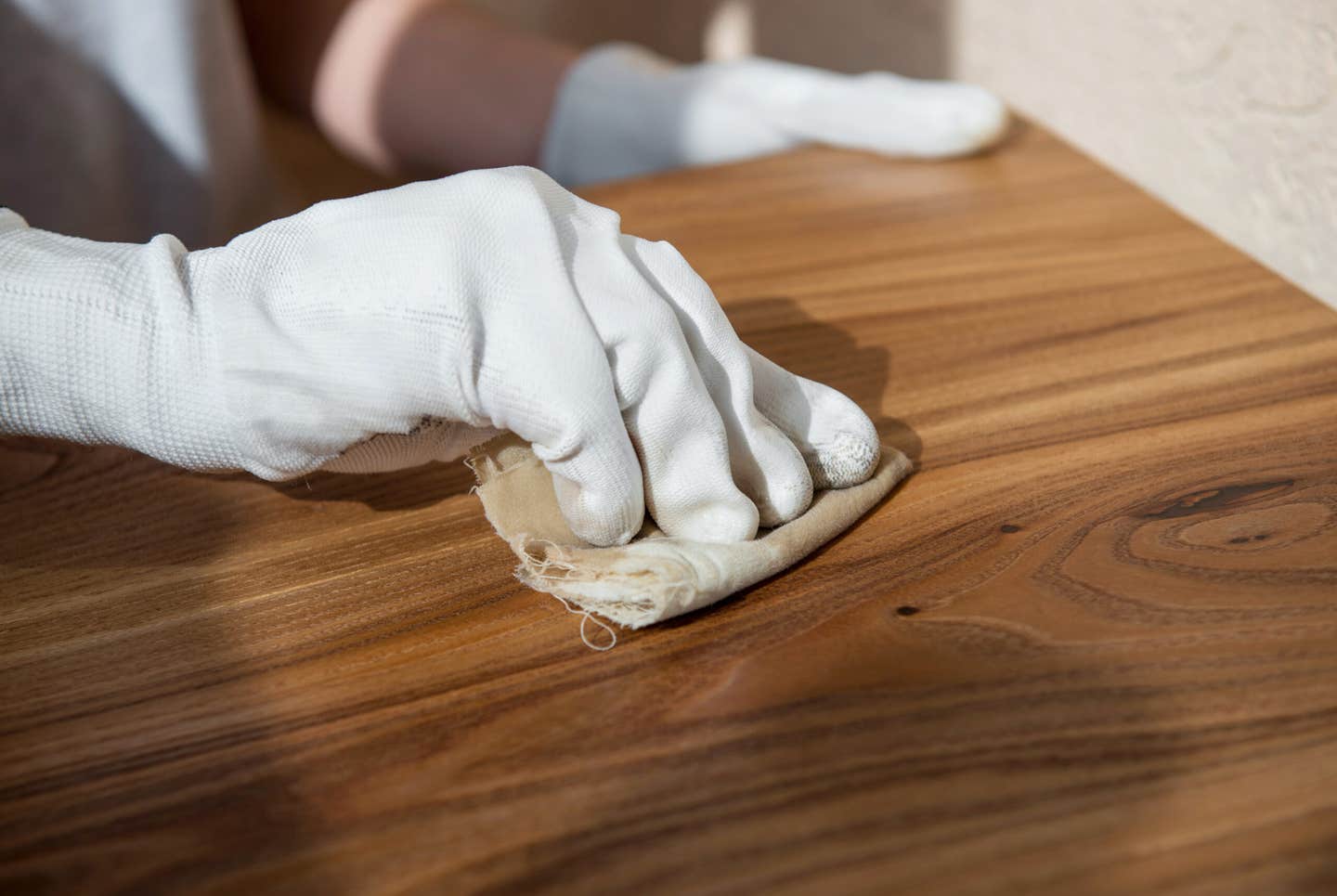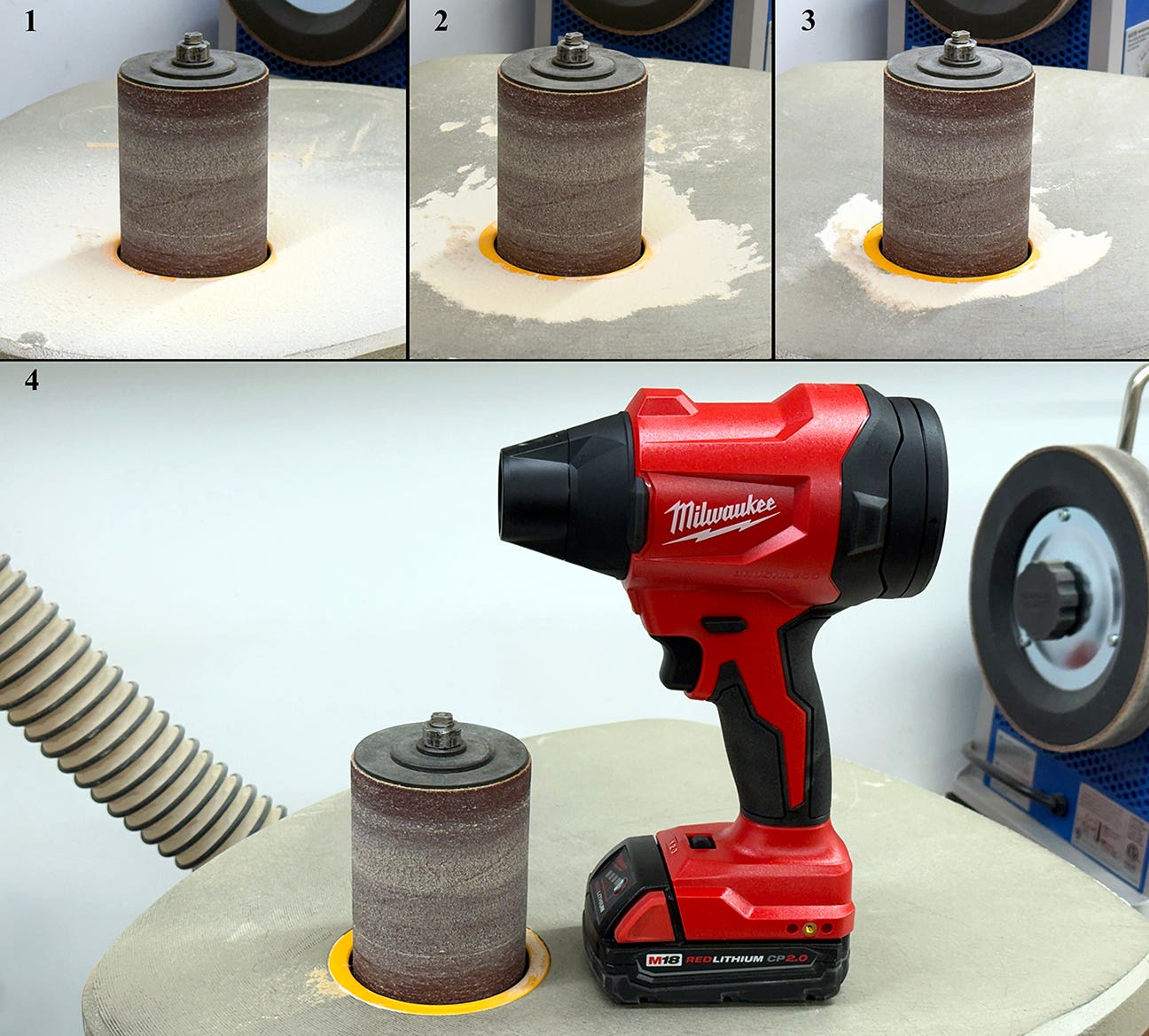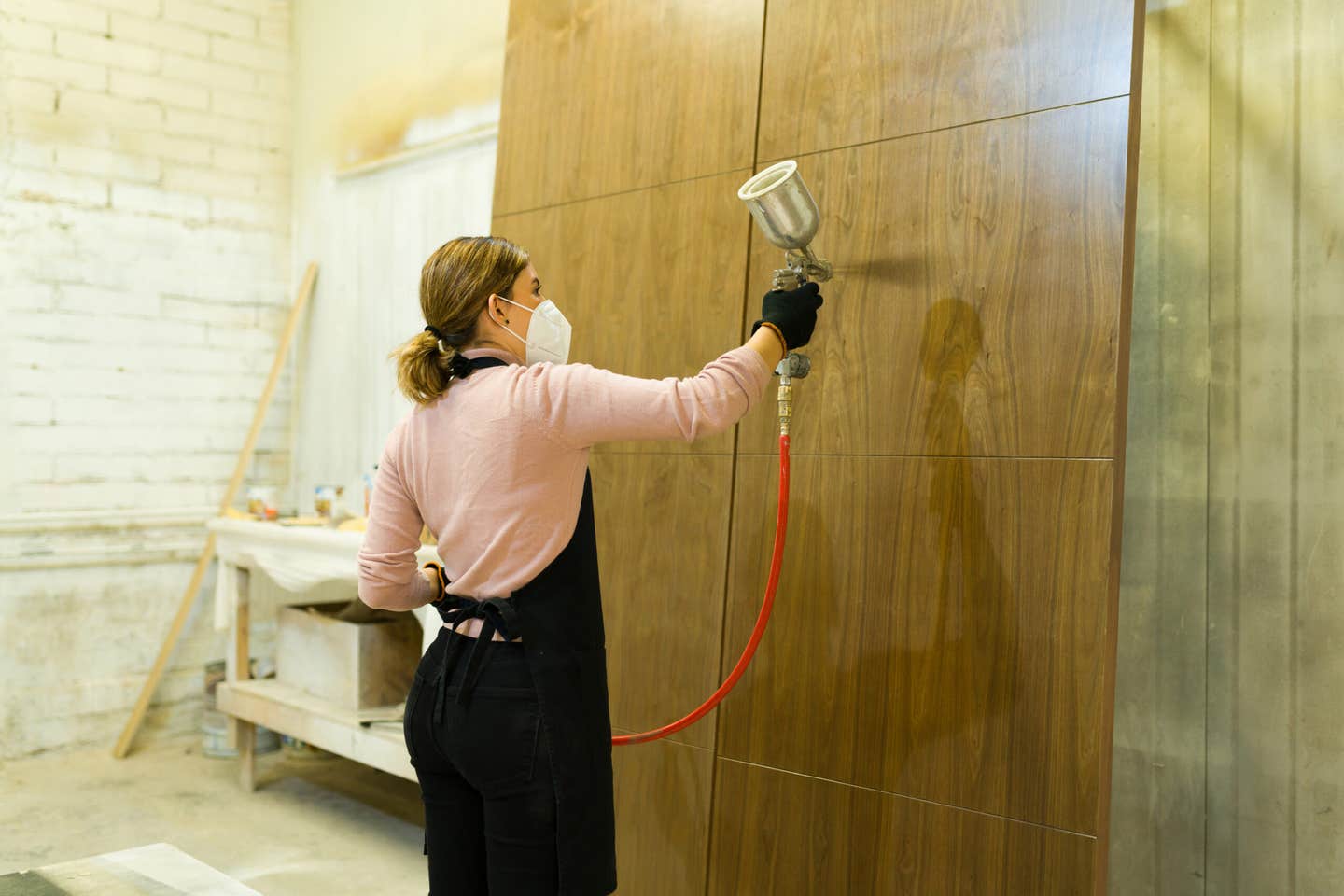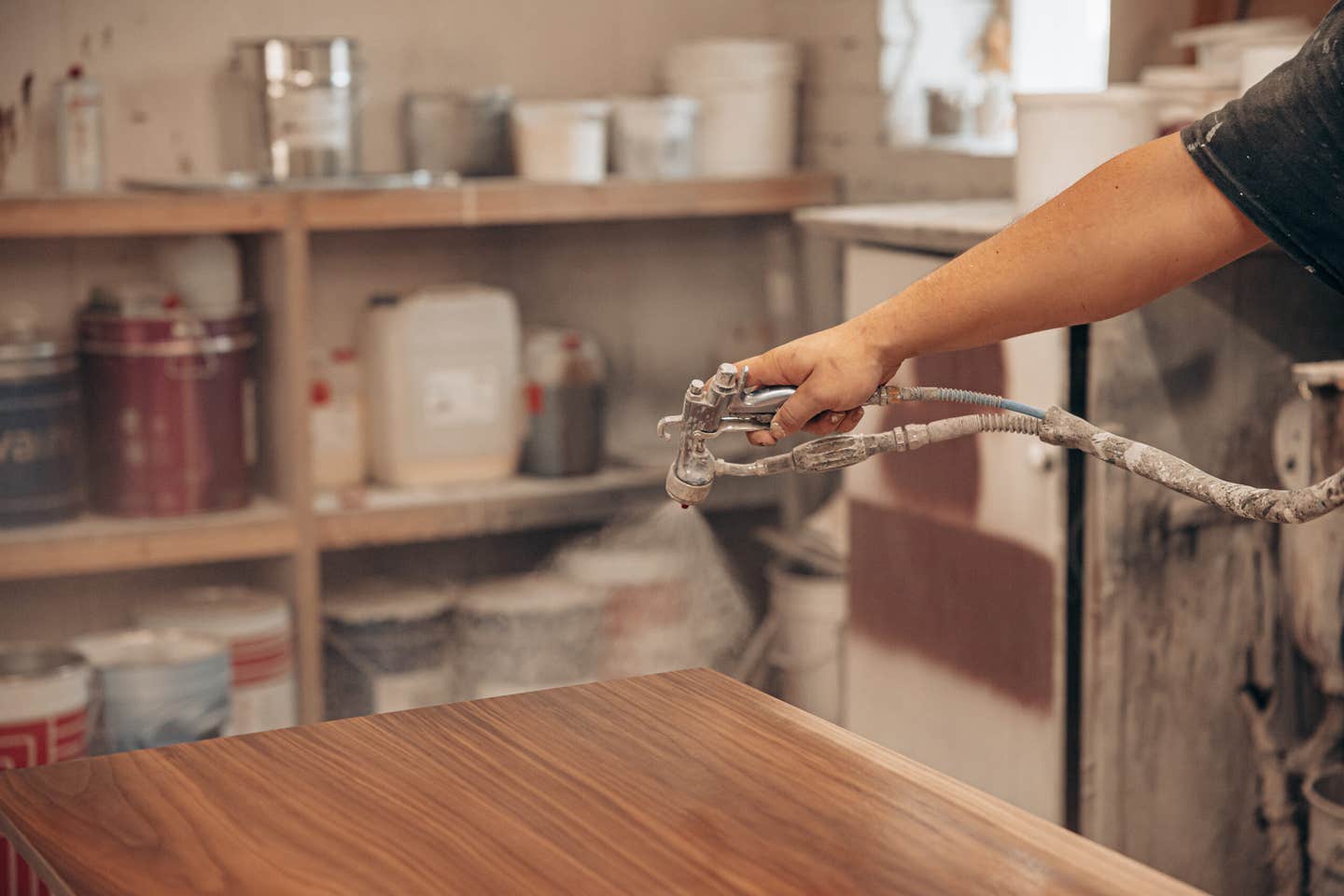Shop functionality wins out
Last week a guy asked if it would be possible to have a woodworking shop in a storage unit. The consensus was that if the building owners did not object…
Last week a guy asked if it would be possible to have a woodworking shop in a storage unit. The consensus was that if the building owners did not object and if there was sufficient power available that it would be "doable". There might be issues with city codes and getting deliveries but it would still be completely possible to work out of such a space. The whole discussion got me thinking about the different shops I have had.
My very first "shop" was a 1955 Chevy station wagon. Actually, everything I owned was in that car, but since most of what I owned was tools, it really did function as a mobile shop. Later my family and I moved up to Eugene, Oregon, and rented a big old farm house outside of Springfield. I set up a shop in a "back room" and since the doorway was on a porch that had been converted into a bedroom, I had cut another doorway in the back wall of a pantry off the kitchen. Getting things in and out was a bit difficult but at least it had a roof over it. Then one of our housemates decided to make beer and he filled the pantry up with his bottled brew. He must have put too much of something in the beer because the bottles would explode at the slightest provocation. For the entire winter, that pantry was like a mine field. No one dared enter for fear of setting off a bottle or two and getting bombarded with flying glass shards.
My next shop was in a "freestanding" garage outside of our house in Dayton, Nevada. I put freestanding in quotes because, while the building was detached, it was a bit of a stretch to call it standing. Maybe a better term would be "freeleaning". I got it shored up, put on a new comp roof, cut in some windows and installed a brick floor, all done with materials salvaged from abandoned buildings found in the outlying areas. I even found an electrical service complete with a mast and weatherhead. Unfortunately, the power company refused to connect it because it was an old style fuse box so I ended up having to buy a legal" service panel.
In 1977, I finally got to build a "proper" shop. It was on a hilltop in Silver City, Nevada and the south wall was almost all glass. I could see five mountain ranges from that shop and the solar gain was awesome.
Over the nest several years, I moved my shop twice more, once into another building I built and then into an old house in Virginia City, Nevada, that had all of the interior walls removed. The view from that shop was even better than the Silver City one.
In 1987, I set up the shop I have occupied for the last 20 years. It's probably the least attractive and least pleasant shop I ever had. Big ugly concrete "tilt-up" building with a few small windows at one end and a roll-up door at the other. No view, no wood floors, no heat, no AC. But lots of space, three-phase power, easy access for loading and unloading. I never could have done most of the projects I have done over the last 20 years in any of my previous shops. But, still, sometimes I think I would love to be back on the mountain top ...
D.D.
David DeCristoforo possesses an extensive resume as designer/maker of fine furniture, high-end cabinetry and architectural woodwork. His experience in professional woodworking spans a period of 35 years. For the past 20 years David DeCristoforo Design has been located in Woodland, California. During this time David's shop has ranged in scope from a "full on" cabinet production shop with as many as 15 employees to a small fine furniture and custom millwork shop, working with his son, David RBJ, a highly skilled maker in his own right.


